In this captivating exploration of 11 countries, each bearing precisely 11 letters in their names, we embark on a global journey that unveils the remarkable diversity of our planet’s geography, environments, climates, and cultures. Though connected by the common thread of their letter count, these nations present a fascinating mosaic of natural wonders and human heritage. Let’s explore 11 incredible 11-letter countries in our world.
From the vast deserts of Saudi Arabia to the lush forests of Sierra Leone, from the towering peaks of Switzerland and Afghanistan, and the unique history of Vatican City to the rich biodiversity of the Philippines, we traverse continents and climates. We delve into the distinctive characteristics that make each of these countries a unique and integral part of our world.
This article will provide an insightful glimpse into these varied locations, their sizes, landscapes, environments, weather patterns, native flora and fauna, and exceptional attributes of these 11 diverse nations. As we embark on this voyage of discovery, we are reminded of the vast wonders and complexities that define our planet. In addition to the importance of stewardship and appreciation for the natural world and the diverse peoples that inhabit it.
Afghanistan
First on our list of 11-letter countries is Afghanistan. Afghanistan is located in South Asia. This country is landlocked. Moreover, Pakistan borders it to the east and south. Iran borders it to the west, while Turkmenistan, Uzbekistan, and Tajikistan are to the north. Lastly, China borders to the northeast. It covers an expansive area of approximately 652,800 square kilometers. This makes it the 40th largest country in the world.
The landscape of Afghanistan is diverse, featuring towering mountain ranges like the Hindu Kush in the central and eastern regions, in addition to vast plateaus and arid deserts. The environment varies from extremely dry, hot, and cold. The mountain peaks are primarily covered in snow year-round. Populations are highest in and around the fertile valleys.
Furthermore, the climate is characterized by extremes, with cold winters and hot summers. Precipitation varies across the country, with the Hindu Kush region receiving more moisture than the arid southwest.
Afghanistan boasts a rich biodiversity despite its challenging environment. Native wildlife includes snow leopards, Marco Polo sheep, Siberian musk deer, and Asiatic black bears. The country is also home to various plant species, including cedar trees, rue, and Satarbai almonds.
Moreover, one of the unique aspects of Afghanistan is its historical significance, with the Silk Road passing through its territory, connecting the East and West.
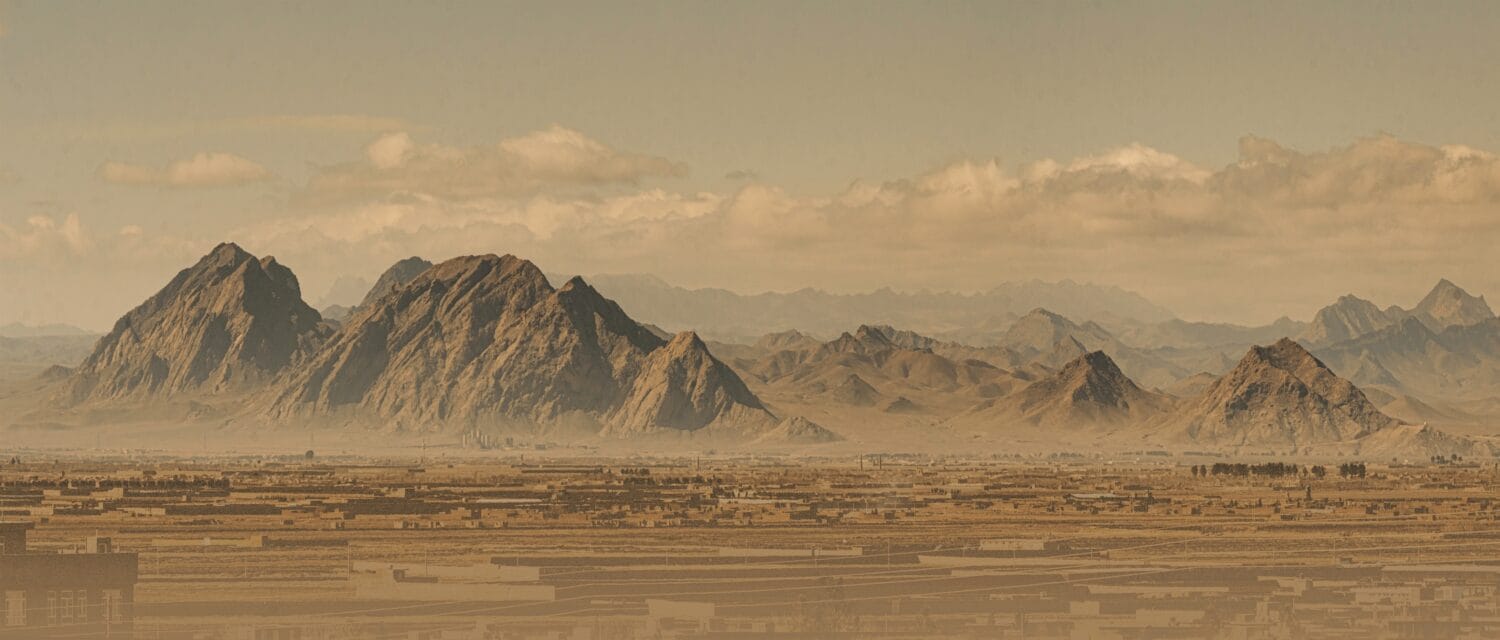
Afghanistan is located in South Asia and covers an area of approximately 652,800 square kilometers.
©EM Zada/Shutterstock.com
Burkina Faso
Second on our list of 11-letter countries is Burkina Faso. Burkina Faso is located in West Africa. It is a landlocked country. Burkina Faso is bordered by Mali to the north and west, Niger to the north and east, Benin to the southeast, Togo, Ghana to the south, and Ivory Coast to the southwest. This country covers an area of roughly 274,200 square kilometers.
Furthermore, the landscape of Burkina Faso is predominantly savannah, with vast grasslands toward the north, woodlands to the south, and low hills. It is part of the Sahel region and experiences a dry tropical climate with distinct wet and dry seasons. The country has distinctive flat-topped trees called baobabs.
In addition, seasonal changes in temperature and rainfall characterize the environment in Burkina Faso. The rainy season starts around April in the south and June in the north, extending into October, bringing relief to the arid landscape.
Moreover, Burkina Faso is home to diverse wildlife, including elephants, lions, leopards, baboons, and various antelope species. The country’s vegetation comprises acacia trees, shea butter trees, and grasses adapted to its climates and environments.
Unique aspects of Burkina Faso include its vibrant culture, traditional music, and dances. It’s also known for the Ruins of Loropéni, a UNESCO World Heritage Site showcasing ancient stone structures.
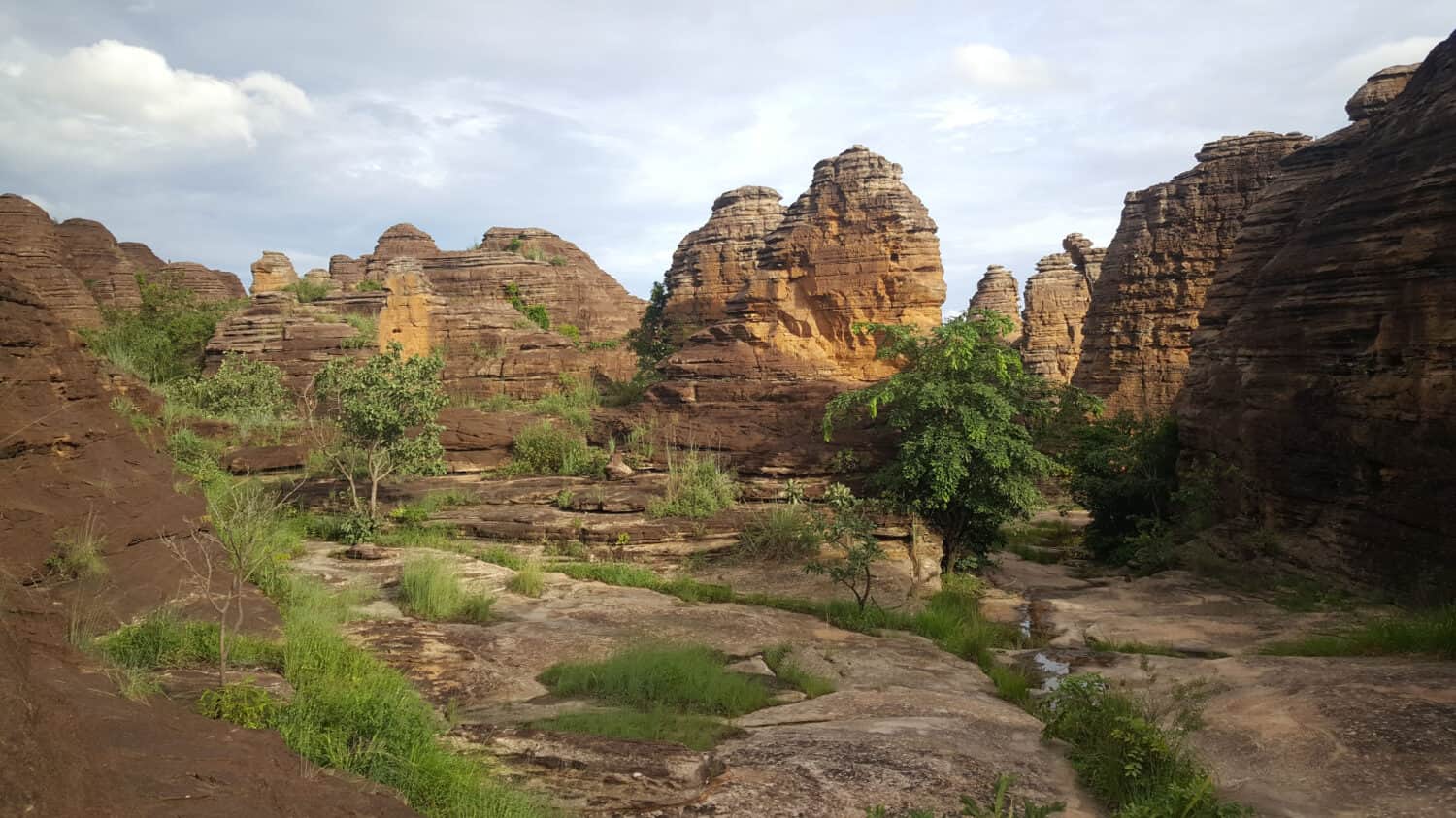
Burkina Faso is located in West Africa and covers an area of approximately 274,200 square kilometers.
©Travel Telly/Shutterstock.com
Cook Islands
Third on our list of 11-letter countries is the Cook Islands. The Cook Islands is located in the South Pacific Ocean. It is a self-governing island country in free association with New Zealand. The country consists of 15 islands scattered over a vast area of the South Pacific Ocean. The total land area of all the islands combined equates to approximately 240 square kilometers.
Additionally, the landscape of the Cook Islands has lush tropical vegetation, mountains, stunning coral reefs, and lagoons. The southern islands were created from volcanic formations, while the northern islands were created from coral atolls. These islands boast white sandy beaches, clear turquoise waters, and dense forests.
The environment has a warm, tropical climate year-round, with trade winds providing pleasant breezes. The islands are part of the Polynesian region and are surrounded by diverse marine life.
Furthermore, the Cook Islands have vibrant and relatively healthy coral reefs and biodiversity they support. You can find unique species of fish, sea turtles, and colorful coral formations in these waters. The islands are home to various unique bird species and tropical plants on land.
Moreover, one distinctive feature of the Cook Islands is their rich Polynesian culture and heritage. Native culture, including dance, music, and art, is an integral part of life here.
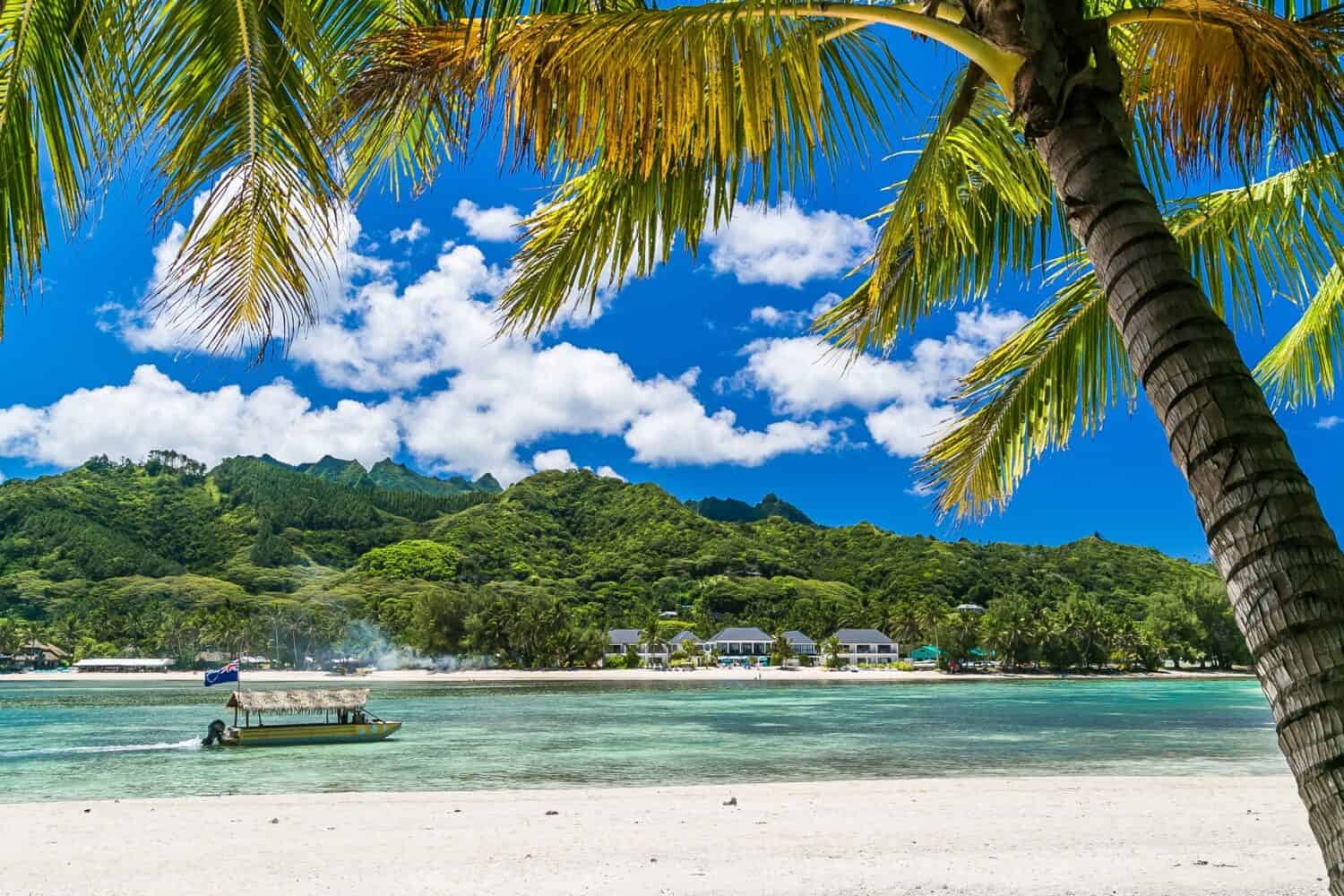
The Cook Islands consists of 15 islands scattered over a large area of the South Pacific Ocean. Its combined land masses equate to approximately 240 square kilometers.
©Anna Zolnay/Shutterstock.com
Netherlands
Fourth on our list of 11-letter countries is the Netherlands. The Netherlands, located in Northwestern Europe, is a low-lying country bordered by Germany to the east, Belgium to the south, and the North Sea to the north and west. It covers an area of approximately 41,800 square kilometers.
Additionally, the landscape of the Netherlands is characterized by flat terrain, grassy dunes, coastal lowlands, farmland, and sandy beaches. It is famous for its extensive network of dikes and windmills, which help manage water levels in this low-lying region to prevent flooding.
A temperate maritime climate that experiences mild summers and cool winters shapes the environment in the Netherlands. The country is best known for its tulip fields, picturesque countryside, and coastal regions.
Furthermore, the Netherlands is home to a variety of wildlife, including deer, foxes, and waterfowl. The country’s wetlands provide essential habitats for migratory birds as well.
Moreover, one unique aspect of the Netherlands is its innovative approach to water management and land reclamation, which has allowed it to thrive in a region prone to flooding.

The Netherland’s landscapes consist of flat terrain, grassy dunes, coastal lowlands, farmland, and sandy beaches.
©Resul Muslu/Shutterstock.com
Philippines
Fifth on our list of 11-letter countries is the Philippines. The Philippines, an archipelago located in Southeast Asia, consists of 7,641 islands residing in the western Pacific Ocean. It is positioned between the equator and the Tropic of Cancer.
Furthermore, the Philippines covers an area of approximately 298,200 square kilometers, making it the 63rd largest country in the world. The diverse landscape features lush tropical rainforests, rugged mountains, valleys, plains, rolling hills, active volcanoes, and picturesque beaches.
Additionally, the environment is rich in biodiversity, with a wide variety of native species. The country is home to unique animals such as the Philippine eagle, tarsier, and dugong. The rich coral reefs surrounding the islands support vibrant marine life as well.
The weather is characterized by a tropical maritime climate, with a wet season generally from May through October and a dry season generally from November to April. Typhoons are common during the wet season.
Moreover, prominent plants include coconut palms, mangroves, and a plethora of orchid species. The Philippines is also known for the Rice Terraces of the Philippine Cordilleras, which is also a UNESCO World Heritage Site.
Unique aspects of the Philippines include its rich cultural heritage, with influences from Chinese, Spanish, and American cultures, as well as its stunning natural wonders like the Underground River in Palawan.
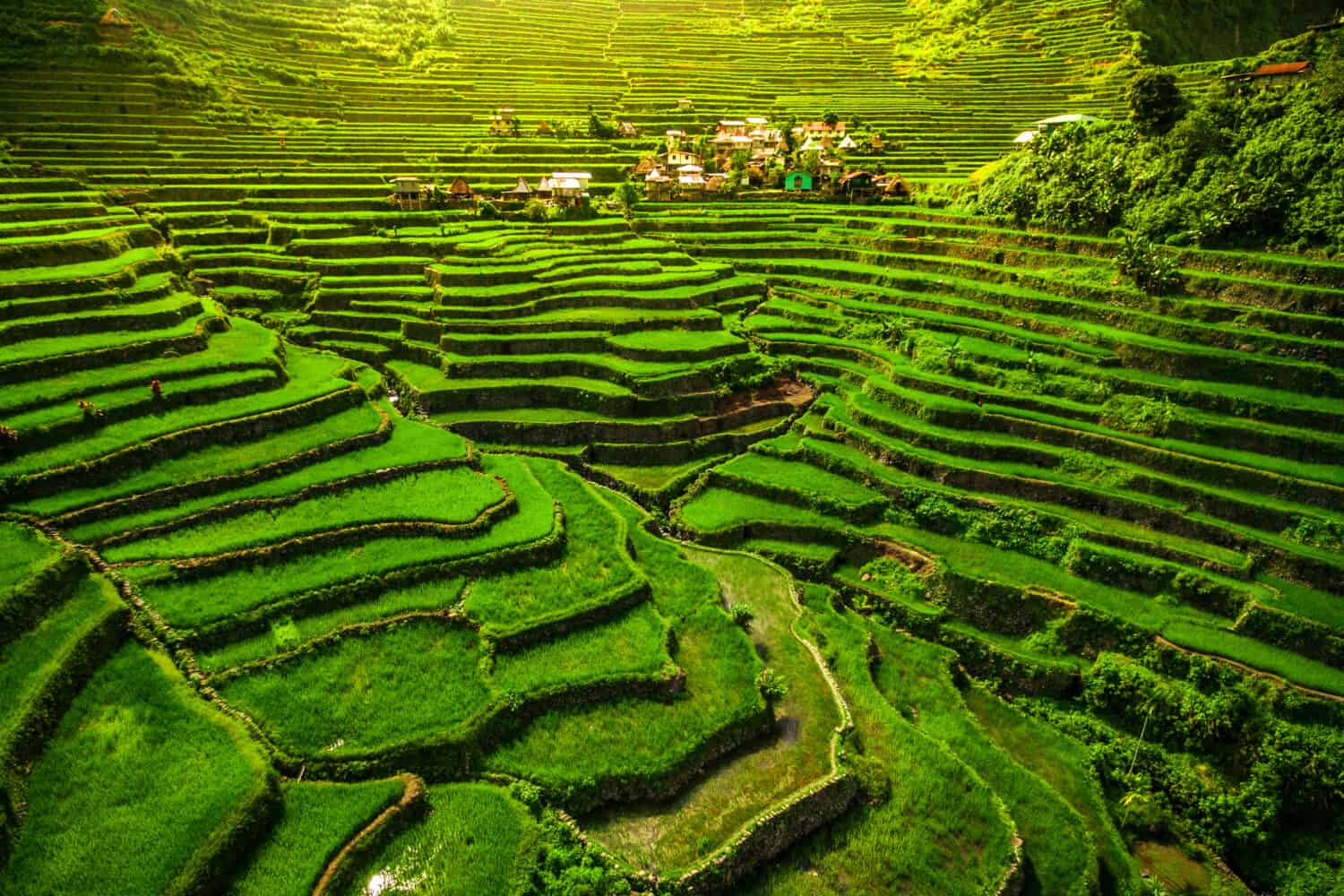
The Philippines is an archipelago and covers an area of approximately 298,200 square kilometers.
©R.M. Nunes/Shutterstock.com
Saudi Arabia
Sixth on our list of 11-letter countries is Saudi Arabia. In the Middle East, Saudi Arabia occupies most of the Arabian Peninsula. It is bordered by Jordan, Kuwait, and Iraq to the north, Qatar, the Persian Gulf, and the United Arab Emirates to the east. Moreover, Oman borders it to the southeast and Yemen to the south.
Moreover, Saudi Arabia is vast, covering an area of approximately 2,150,000 square kilometers, making it the 12th largest country globally. The landscape is predominantly desert, characterized by vast dunes, rocky plateaus, and barren plains. It also has forests, grasslands, and mountain ranges. The Rub’ al Khali, or Empty Quarter, is the world’s largest continuous sand desert.
The environment is largely arid, though the climate can vary from region to region. It experiences scorching temperatures in the summer and mild winters. Water is a precious resource, and oases are crucial for sustaining life in many regions.
Moreover, Saudi Arabia is known for its hardy desert wildlife, including Arabian oryx, gazelle, camels, and desert foxes. The date palm is a prominent native plant.
Additionally, one unique aspect of Saudi Arabia is its role as the birthplace of Islam and the presence of the holy cities of Mecca and Medina. The country is also known for its vast oil reserves, which have shaped its economy and global influence.
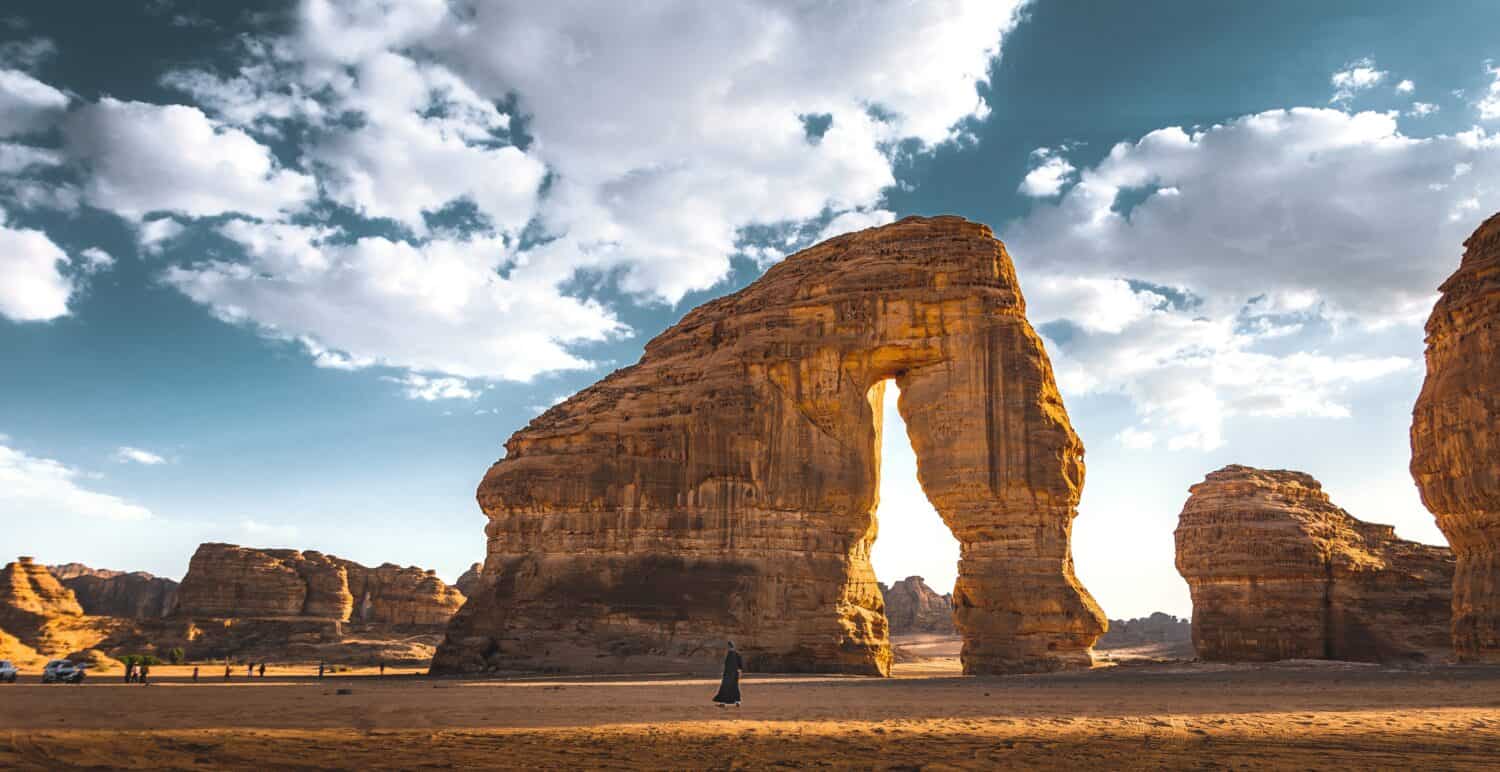
Saudi Arabia is located in the Middle East and covers an area of approximately 2,150,000 square kilometers.
©spc3mky/Shutterstock.com
Sierra Leone
Seventh on our list of 11-letter countries is Sierra Leone. Sierra Leone, located in West Africa, is bordered by Guinea to the north and northeast, Liberia to the southeast, and the Atlantic Ocean to the southwest and west.
Furthermore, the country covers an area of approximately 71,740 square kilometers. Coastal plains, rolling hills, plateaus, mountains, and tropical rainforests characterize Sierra Leone’s landscape.
The environment is rich in biodiversity, with various species of primates, including chimpanzees, as well as elephants, hippos, and a diverse range of bird species.
Sierra Leone experiences a tropical climate with a wet season from May to November, while the dry season is from December to April. The coastal regions are hot and humid year-round, while the inland areas are more temperate.
Additionally, prominent plants include mahogany trees, cotton trees, mangroves, oil palms, and rubber trees. The country is known for its diamond mines, though it has faced challenges related to the diamond trade.
One unique aspect of Sierra Leone is its vibrant culture, with diverse ethnic groups and traditions, as well as its recovery from a decade-long civil war and efforts towards reconciliation and development.

Sierra Leone is located in West Africa and covers an area of approximately 71,740 square kilometers.
©Wirestock Creators/Shutterstock.com
Sint Maarten
Eighth on our list of 11-letter countries is Sint Maarten. Sint Maarten, a small island and constituent country in the Caribbean, is part of the Kingdom of the Netherlands. It is situated on the southern part of the island of Saint Martin, which is shared with the French overseas collectivity of Saint Martin.
Moreover, Sint Maarten covers an area of approximately 34 square kilometers. The landscape has stunning white sandy beaches, crystal-clear waters, rolling hills, salt pans, and lagoons.
Furthermore, the environment is tropical, with a warm and humid climate year-round. It is prone to hurricanes during the hurricane season from June to November.
Moreover, prominent animals in Sint Maarten include iguanas, green sea turtles, and various bird species. The surrounding waters are home to vibrant coral reefs and marine life. This makes Sint Maarten a popular destination for snorkeling and diving.
Coconut palms, hibiscus, and bougainvillea are some of the native plants that adorn the island. Tourism is a significant part of the economy due to its white sandy beaches and history.
Additionally, one unique aspect of Sint Maarten is that it has a unique airport where planes land just meters from a popular beach.

Sint Maarten is a small island and constituent country in the Caribbean. It is part of the Kingdom of the Netherlands.
©Multiverse/Shutterstock.com
South Africa
Ninth on our list of 11-letter countries is South Africa. South Africa is located at the southern tip of the African continent. It is a diverse and expansive country. Namibia, Botswana, and Zimbabwe border it to the north, Mozambique, and Eswatini to the northeast and east, and the Indian and Atlantic Oceans to the south.
South Africa is in the top 30 of the world’s largest countries, covering an area of approximately 1,221,000 square kilometers. Its landscape is incredibly varied, featuring a soaring mountainous region called the Great Escarpment, various Mountains including the Drakensberg mountain range, savannahs, rolling grasslands, deserts, various plateaus, plains, and an expansive coastline.
Furthermore, the environment is rich in biodiversity, with iconic animals like lions, elephants, rhinoceroses, leopards, and buffalo found across the country and in its numerous national parks. It’s also home to the African penguin and various antelope species.
Moreover, South Africa’s climate varies from region to region. It experiences a Mediterranean climate, mostly around the coastal areas, and a temperate climate, found mostly in the interior regions. In the north, it becomes subtropical.
Prominent native plants include the protea, South Africa’s national flower, baobab trees, and fynbos vegetation.
Additionally, South Africa’s uniqueness lies in its complex history, marked by the struggle against apartheid and its transition to democracy. The country’s diverse cultures, languages, and landscapes make it a captivating destination.

South Africa experiences a variety of climates, including Mediterranean climates, temperate climates, and subtropical climates.
©fokke baarssen/Shutterstock.com
Switzerland
Tenth on our list of 11-letter countries is Switzerland. Switzerland, nestled in the heart of Europe, is a landlocked country. It is bordered by Germany to the north and France to the west, while Italy borders the south, and Austria and Liechtenstein borders it to the east.
Despite its relatively small size, Switzerland covers approximately 41,300 square kilometers and boasts awe-inspiring landscapes. It is home to majestic Alps, rolling hills, pristine lakes, and lush valleys.
Furthermore, the environment in Switzerland is pristine and well-preserved across its Alps, wetlands, and forests. The country’s commitment to conservation is evident in its clean and clear lakes, extensive forests, and well-maintained national parks.
Moreover, Switzerland experiences a temperate climate with distinct seasons. The weather varies from region to region, with milder winters in the lowlands and cold winters in the Alps.
Prominent animals in Switzerland include owls, brown bears, chamois, and marmots. The country’s forests are home to many bird species, while its lakes support trout and other fish.
Switzerland is famous for its Swiss Alps, a playground for winter sports enthusiasts and mountaineers. People also know this country for its precision watchmaking and chocolate.
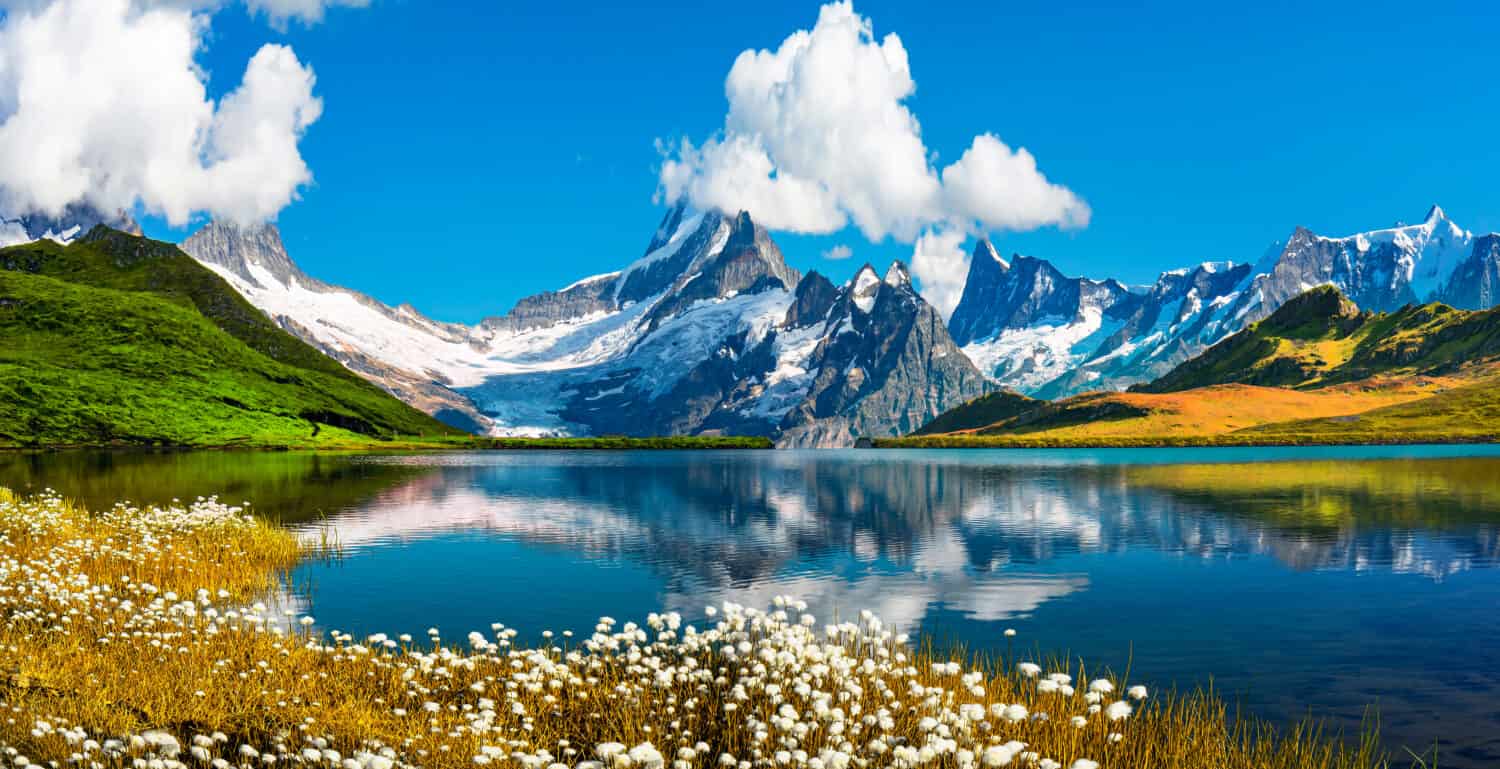
Switzerland may be a smaller country, but it is rich with landscapes consisting of pristine and well-preserved Alps, wetlands, and forests.
©Rasto SK/Shutterstock.com
Vatican City
Eleventh on our list of 11-letter countries is the Vatican City. Vatican City, or the Holy See, is the world’s smallest country. It is also referred to as an independent city-state. It is an enclave within Rome, Italy, with high stone walls partially surrounding it.
This tiny country covers a minuscule area of approximately 0.44 square kilometers, making it the smallest independent nation in the world.
Vatican City’s landscape is dominated by religious and historical buildings. They include the St. Peter’s Basilica, the Vatican Museums, and the Apostolic Palace, which serves as the residence of the Pope.
Moreover, the environment within Vatican City is urban and highly developed, with no significant natural landscapes. Its focus is on religious and cultural heritage rather than natural beauty.
The weather in Vatican City is typical of central Italy, with hot summers and mild winters. It enjoys a temperate climate and has a proximity to the Mediterranean Sea.
Prominent features of Vatican City include St. Peter’s Square, the Sistine Chapel with Michelangelo’s famous frescoes, and the Vatican Gardens.
Vatican City is unique as the spiritual and administrative center of the Roman Catholic Church. It is also the residence of the Pope. Furthermore, it holds cultural and religious significance for millions worldwide.

The Vatican City covers a small area of approximately 0.44 square kilometers.
©Nakasaku/Shutterstock.com
List of 11 Incredible 11-Letter Countries in the World
| Country |
|---|
| Afghanistan |
| Burkina Faso |
| Cook Islands |
| Netherlands |
| Philippines |
| Saudi Arabia |
| Sierra Leone |
| Sint Maarten |
| South Africa |
| Switzerland |
| Vatican City |
Conclusion
In exploring 11 countries, each with 11 letters in their names, we have embarked on a journey through diverse corners of the world. These nations, with their unique characteristics, provide a fascinating collection of landscapes, environments, and cultures.
From the expansive deserts and rich biodiversity of Saudi Arabia to the lush rainforests and vibrant cultures of the Philippines, we’ve witnessed the astonishing variety of our planet’s offerings. South Africa’s breathtaking scenery, Switzerland’s alpine grandeur, and Vatican City’s specific spiritual significance have further enriched our understanding of these nations.
Burkina Faso’s Ruins of Loropéni, Sierra Leone’s lush forests, and Sint Maarten’s Caribbean charm showcase the diverse environments found on Earth. Furthermore, the historical significance of Afghanistan, the innovative water management of the Netherlands, and the sandy beaches of Sint Maarten are among the distinctive features we’ve encountered.
This exploration reminds us of the wonder and complexity of our world, as well as the importance of conservation, preservation, and cultural diversity. These countries, with their unique attributes, contribute to the rich tapestry of our global community, offering lessons from our histories as well as motives and inspiration for harmonious coexistence across our planet.
The photo featured at the top of this post is © Biletskiyevgeniy.com/Shutterstock.com
Thank you for reading! Have some feedback for us? Contact the AZ Animals editorial team.






